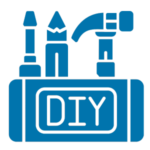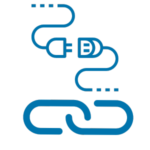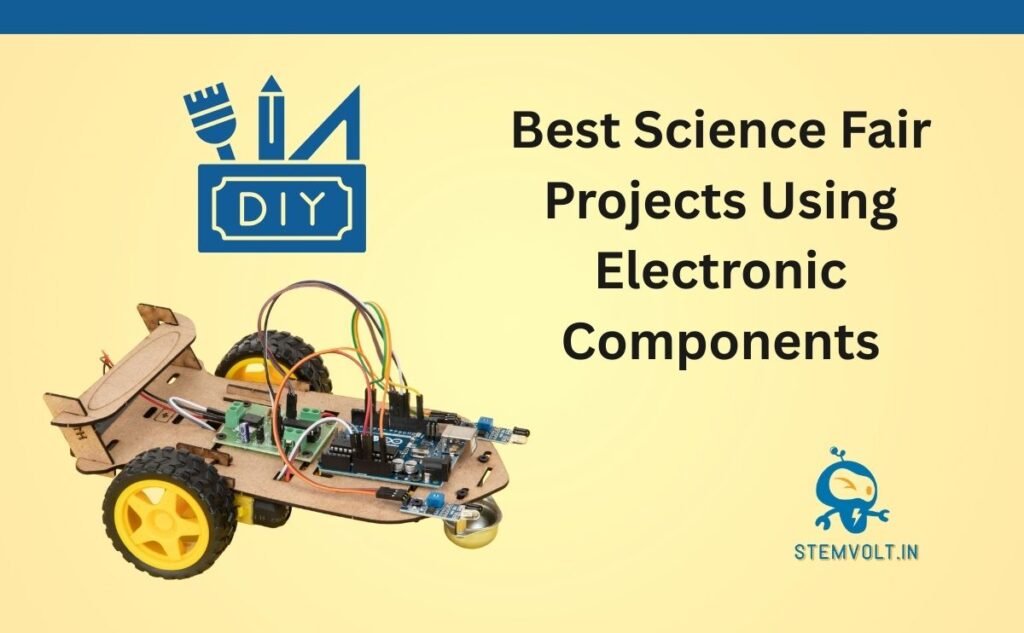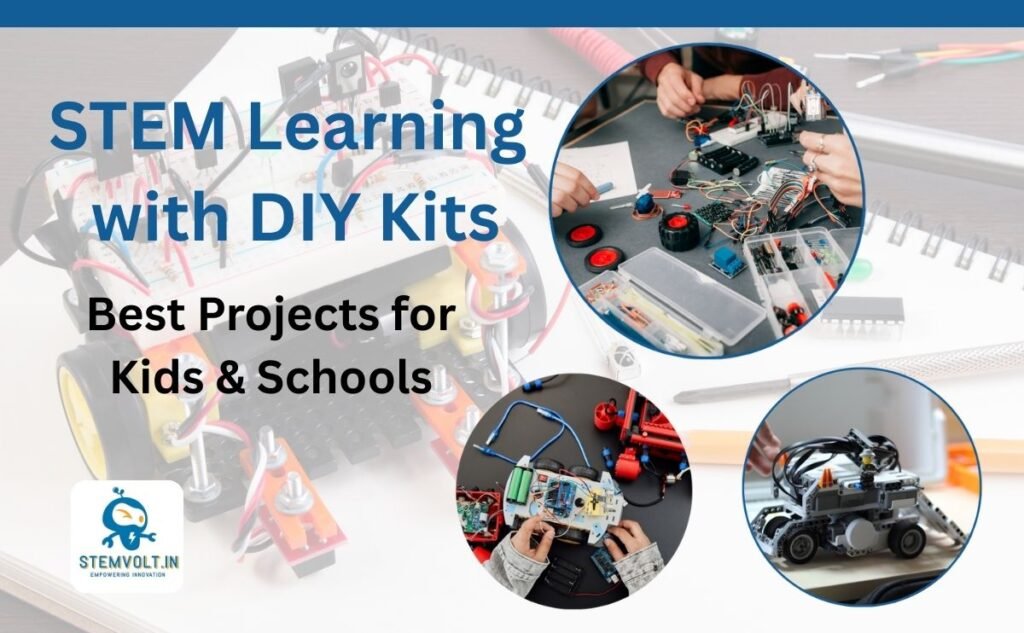Top 10 Arduino Projects for Beginners in 2026 | Easy DIY Robotics Ideas
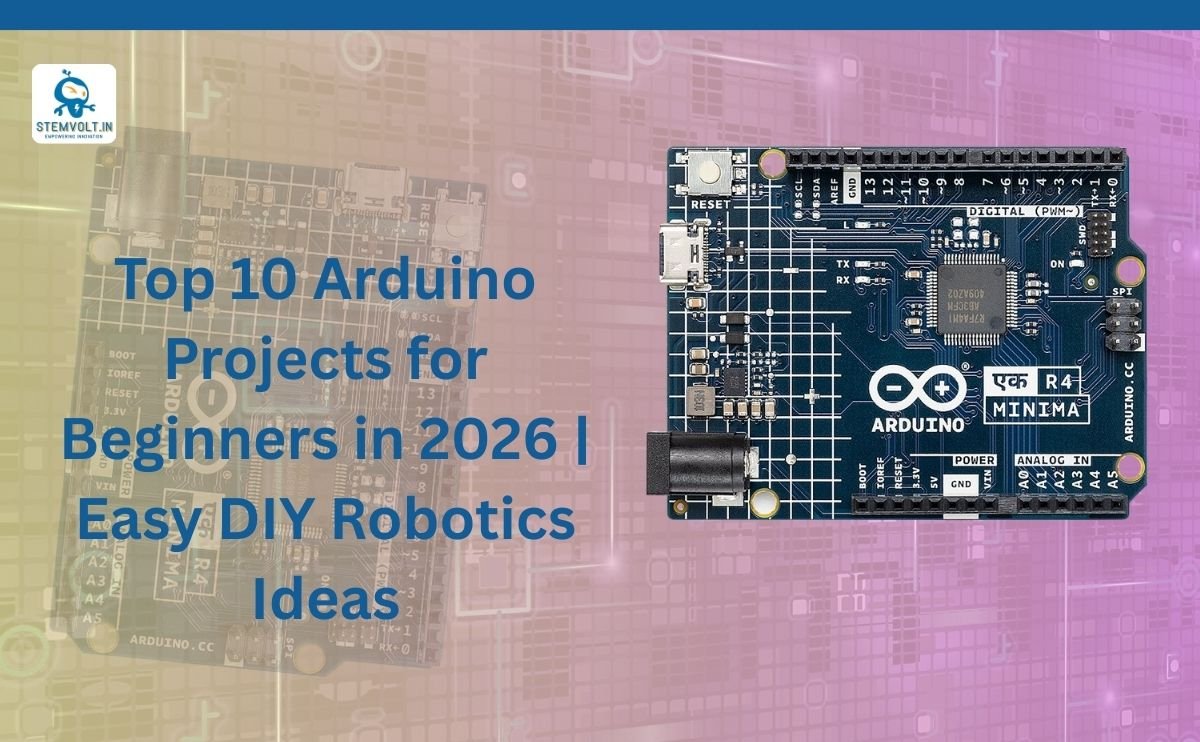
Introduction
If you are a beginner in electronics, robotics, or programming, the best way to start your journey is with Top 10 Arduino Projects for Beginners in 2026. Arduino is an open-source microcontroller platform that is affordable, beginner-friendly, and supported by a huge global community. With just a few basic components, you can build exciting DIY projects ranging from blinking LEDs to smart home automation systems.
In 2026, Arduino continues to be one of the most popular learning tools for students, hobbyists, and makers. Whether you are a school student exploring STEM, a college student working on engineering projects, or simply a DIY enthusiast, these projects will help you learn the fundamentals of coding, electronics, and problem solving.
Here are the Top 10 Arduino Projects for Beginners in 2026 that are easy to build, cost-effective, and a perfect way to start your innovation journey.
The LED blinking project is often called the “Hello World” of Arduino. It teaches you how to connect an LED to the Arduino board and control it with simple code. This is the first step to understanding digital outputs.
- Learning Outcome: Basics of Arduino IDE, pin configuration, and digitalWrite function.
- Components Needed: Arduino UNO, LED, Resistor, Jumper wires, Breadboard.
2. Temperature & Humidity Monitor using DHT11 Sensor
This project helps you measure temperature and humidity in your surroundings using the DHT11 sensor and display the readings on a serial monitor or LCD.
- Learning Outcome: Sensor interfacing, libraries, and real-time monitoring.
- Applications: Smart home, weather monitoring, agriculture projects.
3. Obstacle Avoiding Robot
A very exciting beginner robotics project, the obstacle avoiding robot uses an ultrasonic sensor to detect objects and automatically changes direction with the help of motors.
- Learning Outcome: Sensor-based robotics, motor driver interfacing, basic logic programming.
- Applications: Robotics competitions, DIY fun projects.
4. Digital Thermometer with LCD Display
This project uses a temperature sensor like LM35 or DHT11 and displays the readings on a 16×2 LCD screen.
- Learning Outcome: Interfacing sensors with Arduino and displaying outputs.
- Applications: Health monitoring, science experiments.
5. Smart Street Light using LDR Sensor
A light-dependent resistor (LDR) is used to sense the ambient light. With Arduino, you can build an automatic street light system that turns ON when it’s dark and OFF during the day.
- Learning Outcome: Analog input, condition-based automation.
- Applications: Energy-saving systems, school STEM projects.
6. Bluetooth Controlled Car
This project allows you to control a small robot car using your smartphone via a Bluetooth module like HC-05. It involves Arduino, motor driver, and DC motors.
- Learning Outcome: Wireless communication, motor control, mobile app integration.
- Applications: Robotics competitions, wireless vehicles.
Using a soil moisture sensor and a water pump, you can create a smart plant watering system that automatically provides water when the soil is dry.
- Learning Outcome: Sensor-based automation and relay interfacing.
- Applications: Home gardening, smart farming.
This project uses a PIR sensor to detect movement and activates a buzzer or LED as an alarm.
- Learning Outcome: Motion sensing, event-triggered programming.
- Applications: Security systems, home automation.
9. Voice Controlled Home Appliances
By using a voice recognition module with Arduino, you can control lights, fans, or other appliances through simple voice commands.
- Learning Outcome: Speech recognition, relay module interfacing.
- Applications: Smart home, accessibility solutions.
This project combines sensors like DHT11 and BMP180 to measure temperature, humidity, and pressure, and displays the data on an LCD or serial monitor.
- Learning Outcome: Multiple sensor interfacing, data logging.
- Applications: School projects, real-time environmental monitoring.
To build these projects, you will need:
- Arduino UNO / Nano / Mega
- Breadboard and jumper wires
- LEDs, resistors, and buzzers
- Sensors: DHT11, LDR, Ultrasonic, PIR, Soil Moisture
- Motor driver modules and DC motors
- Bluetooth HC-05 module
- LCD Display
- Relay modules
All these components are easily available on StemVolt.in with genuine quality, GST-inclusive pricing, and fast delivery across India.
Why These Projects Are Perfect for Beginners
- They require minimal investment and basic components.
- Every project teaches a new concept such as sensors, motor control, or wireless communication.
- Easy to expand and customize for advanced learning.
- Supported by tons of Arduino libraries and community tutorials.
Tips for Getting Started
- Install the Arduino IDE from the official website.
- Start with simple codes and gradually move to advanced logic.
- Use external libraries whenever needed.
- Practice wiring on a breadboard before soldering.
- Document your projects and share them to build confidence.
How to Upload Code from Arduino IDE
Many beginners wonder how to upload code to Arduino. Follow these easy steps:
Step 1: Install Arduino IDE
- Download from official site: arduino.cc
- Install on Windows, Mac, or Linux.
Step 2: Connect Arduino Board
- Plug your Arduino UNO (or other) using a USB cable.
- Power LED will glow.
Step 3: Select Board & Port
- Open Arduino IDE → Tools → Board → Select your Arduino model.
- Tools → Port → Select the COM port.
Step 4: Write or Paste Code
int led = 13; void setup() { pinMode(led, OUTPUT); } void loop() { digitalWrite(led, HIGH); delay(1000); digitalWrite(led, LOW); delay(1000); }
Step 5: Verify & Upload
- Click ✔ to compile the code.
- Click → Upload to send it to Arduino.
- TX/RX lights blink during upload.
Step 6: Run the Project
- Arduino will immediately start executing the uploaded program.
- In the Blink project, LED will blink every second.
Troubleshooting Tips for Beginners
- Board not detected → Install CH340/FTDI drivers if needed.
- Wrong COM port → Check in Device Manager (Windows) or Tools menu in Arduino IDE.
- Upload error → Press reset button on Arduino while uploading.
- Component not working → Check wiring and breadboard connections properly.
Code error → Recheck syntax, missing semicolons, or wrong library installation.
Learning Arduino through simple projects is the best way to understand electronics, coding, and automation. The above Top 10 Arduino Projects for Beginners in 2026 are not only fun but also practical for school, college, and DIY makers.
If you are ready to start building, make sure you use genuine Arduino boards, sensors, and modules from StemVolt. With high-quality components, your projects will be reliable, safe, and long-lasting.
👉 Start your journey today: Explore Arduino Kits & Modules on StemVolt.in
